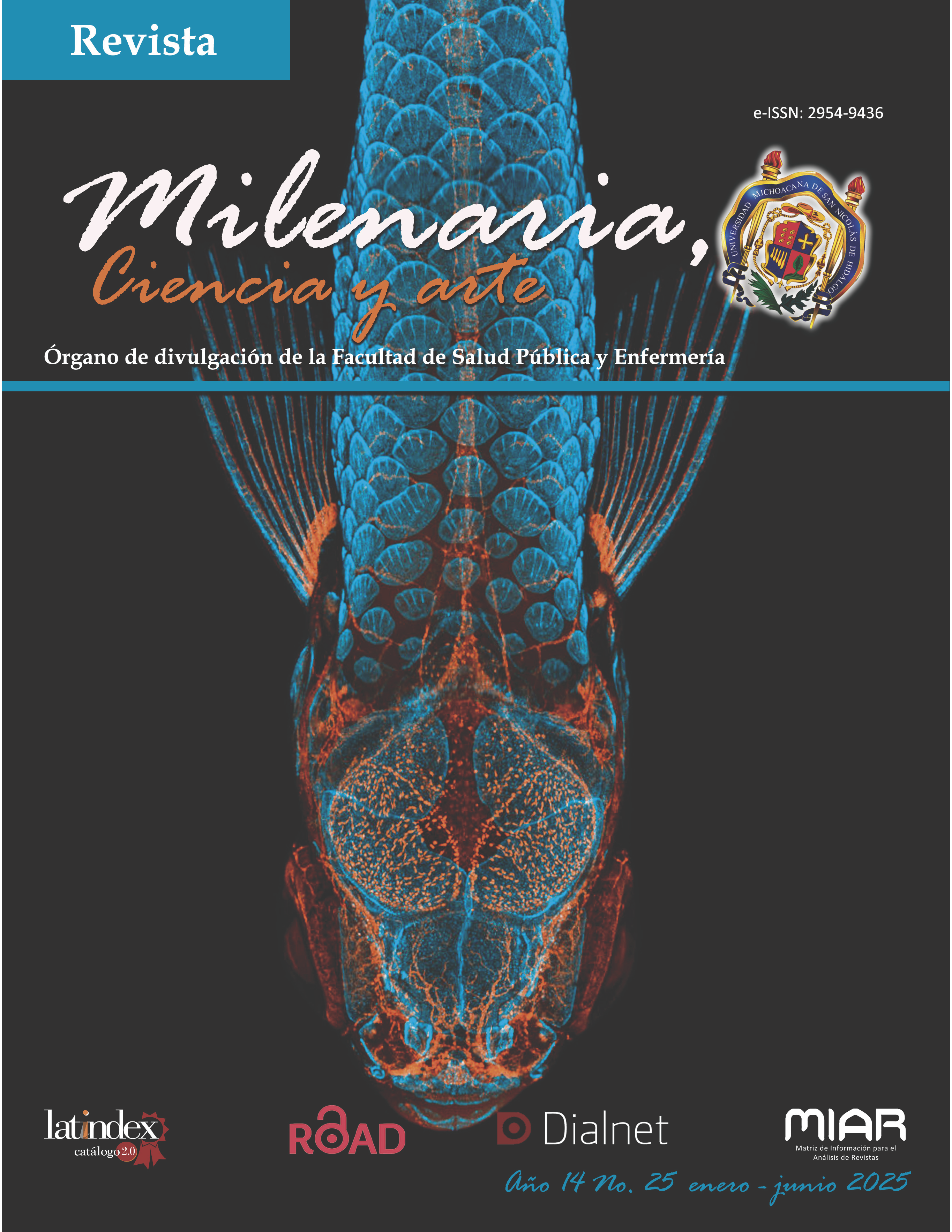Medicinal Plants: A Valuable Source of Pharmacological Compounds for Cancer Treatment
DOI:
https://doi.org/10.35830/mcya.vi25.576Keywords:
Cancer, plants, compoundsAbstract
Cancer is the third leading cause of death in our country and despite major advances in the treatment of this disease, there are still many patients whose therapies fail. Therefore, cancer remains one of the most serious diseases and one of the greatest challenges to human health worldwide. For this reason, there is a constant need to develop new effective and accessible antineoplastic drugs. Medicinal plants have been used for centuries for medical purposes and are the basis of modern medicine. Many chemotherapeutic drugs used to treat cancer are molecules isolated from medicinal plants or their synthetic derivatives. Therefore, natural product research offers enormous potential to provide useful information on new chemical structures and possible new mechanisms of action related to the development of new drugs.
Downloads
References
AlonsoCastro AJ, Villarreal ML, SalazarOlivo LA, GomezSanchez M, Dominguez F, GarciaCarranca A. (2011). Mexican medicinal plants used for cancer treatment: pharmacological, phytochemical and ethnobotanical studies. J Ethnopharmacol. 133(3):945-72. https://doi. org/10.1016/j.jep.2010.11.055
Gielecinska, A., Kciuk, M., Mujwar, S., Celik, I., Kolat, D., Kaluzi´nska-Kolat, Z., & Kontek, R. (2023). Substances of Natural Origin in Medicine: Plants vs. Cancer. In Cells (Vol. 12, Issue 7). MDPI. https://doi.org/10.3390/cells12070986
González-Cortazar, M., Aparicio-Trejo, O. E., Medina-Campos, O. N., Pedraza-Chaverri, J., y Ibarra-Barajas, M. (2019). Antioxidant effect of native plants from Central-Western Mexico on 7,12dimethylbenz [a] anthracene (DMBA) induced oxidative stress in rats. Nutrients, 11(6), 1251. http://doi.org/10.3390/nu11061251
Jain, H., & Chella, N. (2021). Methods to improve the solubility of therapeutical natural products: a review. In Environmental Chemistry Letters (Vol. 19, Issue 1, pp. 111-121). Springer Science and Business Media Deutschland GmbH. https://doi.org/10.1007/s10311-020-01082-x
Khan, S. U., Fatima, K., Aisha, S., & Malik, F. (2024). Unveiling the mechanisms and challenges of cancer drug resistance. In Cell Communication and Signaling (Vol. 22, Issue 1). BioMed Central Ltd. https://doi.org/10.1186/s12964-023-01302-1
Newman, D. J., & Cragg, G. M. (2020). Natural Products as Sources of New Drugs over the Nearly Four Decades from 01/1981 to 09/ 2019. In Journal of Natural Products (Vol. 83, Issue 3, pp. 770-803). American Chemical Society. https://doi.org/10.1021/acs.jnatprod.9b01285
Pang, Z., Chen, J., Wang, T., Gao, C., Li, Z., Guo, L., Xu, J., & Cheng, Y. (2021). Linking Plant Secondary Metabolites and Plant Microbiomes: A Review. In Frontiers in Plant Science (Vol. 12). Frontiers Media S.A. https://doi.org/10.3389/fpls.2021.621276
Tranquilino-Rodríguez E. y Martínez-Flores H. E. (2024). La moringa, un árbol milagro. Saber Más 73: 3842. https://www.sabermas.umich.mx/archivo/articulos/658-numero-73/1357-la-moringa-un-arbol-milagro.html.
Ortega-Pérez, L. G., Ayala-Ruiz, L. A., Magaña-Rodríguez, O. R., Piñón-Simental, J. S., Aguilera-Méndez, A., Godínez-Hernández, D., & Rios-Chavez, P. (2023). Development and Evaluation of Phytosomes Containing Callistemon citrinus Leaf Extract: A Preclinical Approach for the Treatment of Obesity in a Rodent Model. Pharmaceutics, 15(9), 2178. https://doi.org/10.3390/pharmaceutics15092178
Downloads
Published
How to Cite
Issue
Section
License
Copyright (c) 2025 Milenaria, Ciencia y arte

This work is licensed under a Creative Commons Attribution-NonCommercial-ShareAlike 4.0 International License.





